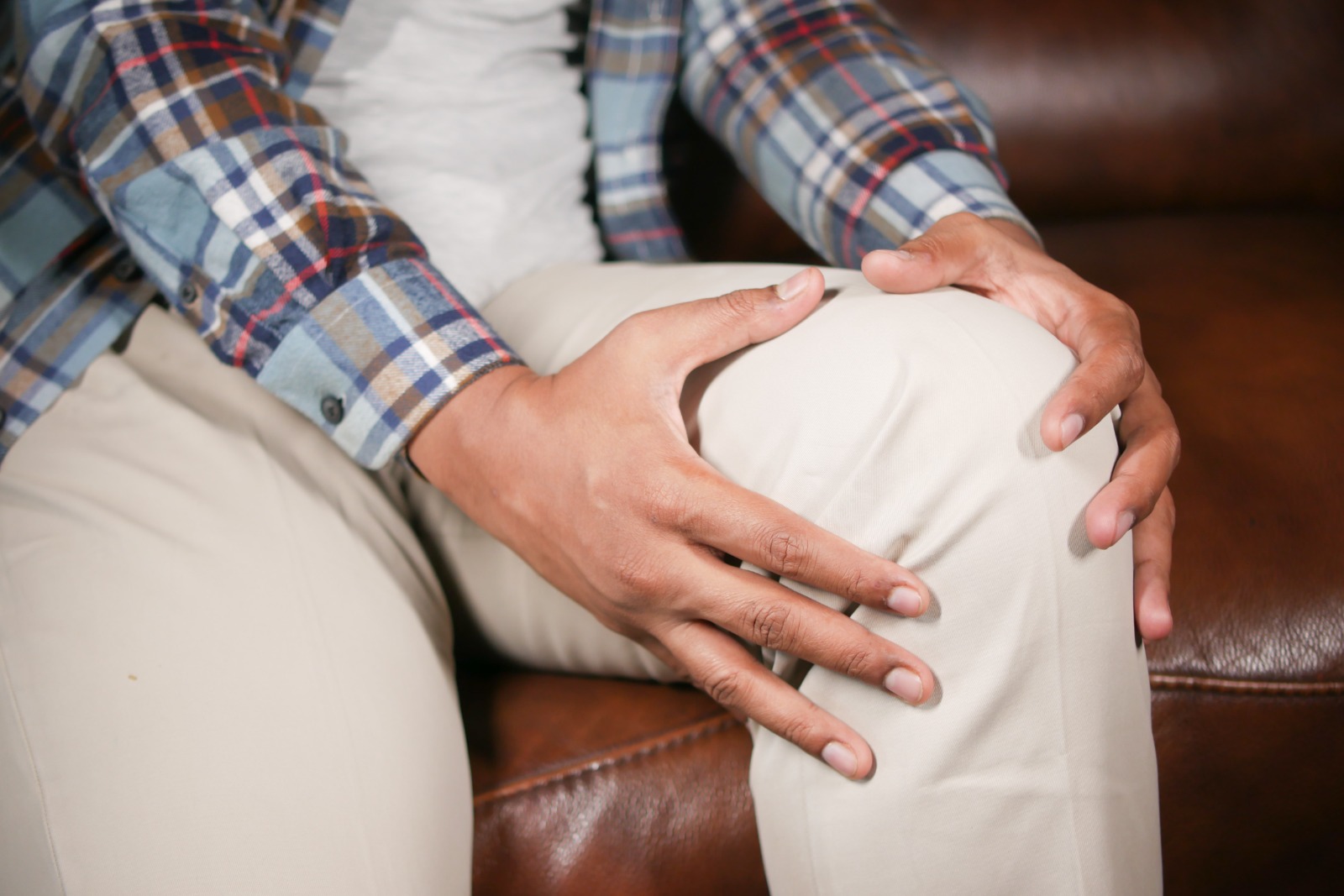Pain Management
Osteoarthritis: What are its Symptoms, Causes, and Treatment?
By S.I. (staff writer) , published on August 15, 2023

Medicine Telehealth Health pain knee elderly
What is Osteoarthritis?
Osteoarthritis is a degenerative joint disease that commonly affects older adults but can also occur in younger individuals due to factors such as joint injury or obesity. It is characterized by the gradual breakdown of the cartilage that cushions the ends of bones, leading to joint pain, stiffness, and reduced mobility. [1]
What are the Symptoms of Osteoarthritis?
The symptoms of osteoarthritis can vary depending on the joints affected and the severity of the condition. Common symptoms include:
- Joint Pain: Osteoarthritis typically causes pain in the affected joints, which may worsen with movement or activity. [2]
- Joint Stiffness: Stiffness in the joints, especially after periods of inactivity or rest, is a common symptom of osteoarthritis.
- Reduced Range of Motion: Osteoarthritis can lead to a decrease in joint flexibility and a limited range of motion, making it difficult to perform daily activities.
- Joint Swelling: Inflammation and swelling may occur around the affected joints due to the breakdown of cartilage.
- Bone Spurs: Osteoarthritis can cause the formation of bone spurs, which are bony outgrowths that develop along the edges of the joints. [3]
What are the Causes of Osteoarthritis?
The exact cause of osteoarthritis is not fully understood, but several factors can contribute to its development. These include:
- Age: The risk of developing osteoarthritis increases with age, as the cartilage naturally undergoes wear and tear over time.
- Joint Injury: Previous joint injuries, such as fractures or ligament tears, can increase the likelihood of developing osteoarthritis in the affected joint.
- Obesity: Excess weight puts additional stress on the joints, particularly the knees and hips, increasing the risk of osteoarthritis.
- Genetics: Certain genetic factors can make individuals more susceptible to developing osteoarthritis.
- Joint Overuse: Repetitive use of a joint, such as in occupations or activities that involve repetitive motions, can contribute to the development of osteoarthritis. [4]
Treatment Options for Osteoarthritis:
While there is no cure for osteoarthritis, various treatment options can help manage symptoms and improve quality of life. The treatment approach may include a combination of the following:
- Lifestyle Modifications: Maintaining a healthy weight through regular exercise and a balanced diet can reduce the stress on the joints and alleviate symptoms. Physical therapy exercises can also improve joint strength and flexibility.
- Medications: Over-the-counter pain relievers, such as acetaminophen or nonsteroidal anti-inflammatory drugs (NSAIDs), can help manage pain and inflammation. In severe cases, prescription medications or corticosteroid injections may be recommended. [5]
- Assistive Devices: The use of assistive devices, such as braces, splints, or canes, can provide support to the affected joints and improve mobility.
- Heat or Cold Therapy: Applying heat or cold to the affected joints can help reduce pain and stiffness. Heat therapy, such as warm baths or heating pads, can relax muscles, while cold therapy, such as ice packs, can numb the area and reduce inflammation.
- Surgical Interventions: In severe cases where conservative treatments do not provide sufficient relief, surgical options such as joint replacement surgery or joint fusion may be considered.
References
- https://www.oarsijournal.com/article/S1063-4584(12)01025-4/fulltext
- https://link.springer.com/article/10.1163/156856004773121347
- https://www.amjmed.com/article/0002-9343(87)90597-3/pdf
- https://pubmed.ncbi.nlm.nih.gov/7752130/
- https://www.tandfonline.com/doi/abs/10.3810/hp.2011.02.375
Find articles related to: Medicine Telehealth Health pain knee elderly
More articles about Pain Management
Back to the Health Tips Index




